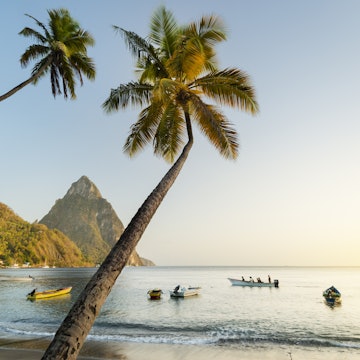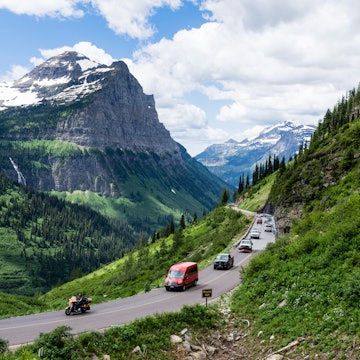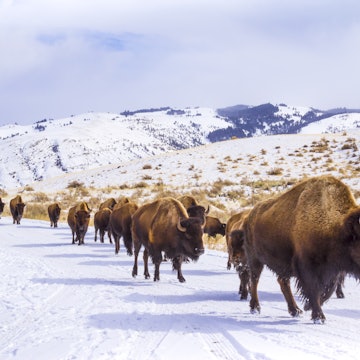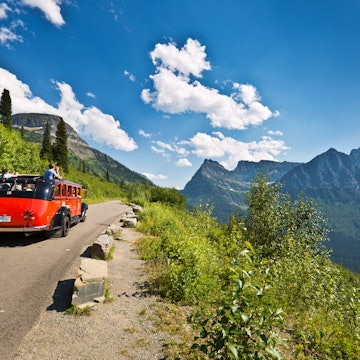
10 things you should know before visiting Yellowstone National Park

Apr 17, 2025 • 6 min read

Lamar Valley, Yellowstone National Park. Alexey Kamenskiy/Shutterstock
After 15 years living in Yellowstone County, Montana, and authoring four editions of Lonely Planet’s guidebook to Yellowstone & Grand Teton National Parks, I’m well-versed on being Yellowstone-ready.
From the most simple advice on avoiding the summer crowds to keeping safe in grizzly country, this is my steady guidance for any first-time visitors to Yellowstone National Park.
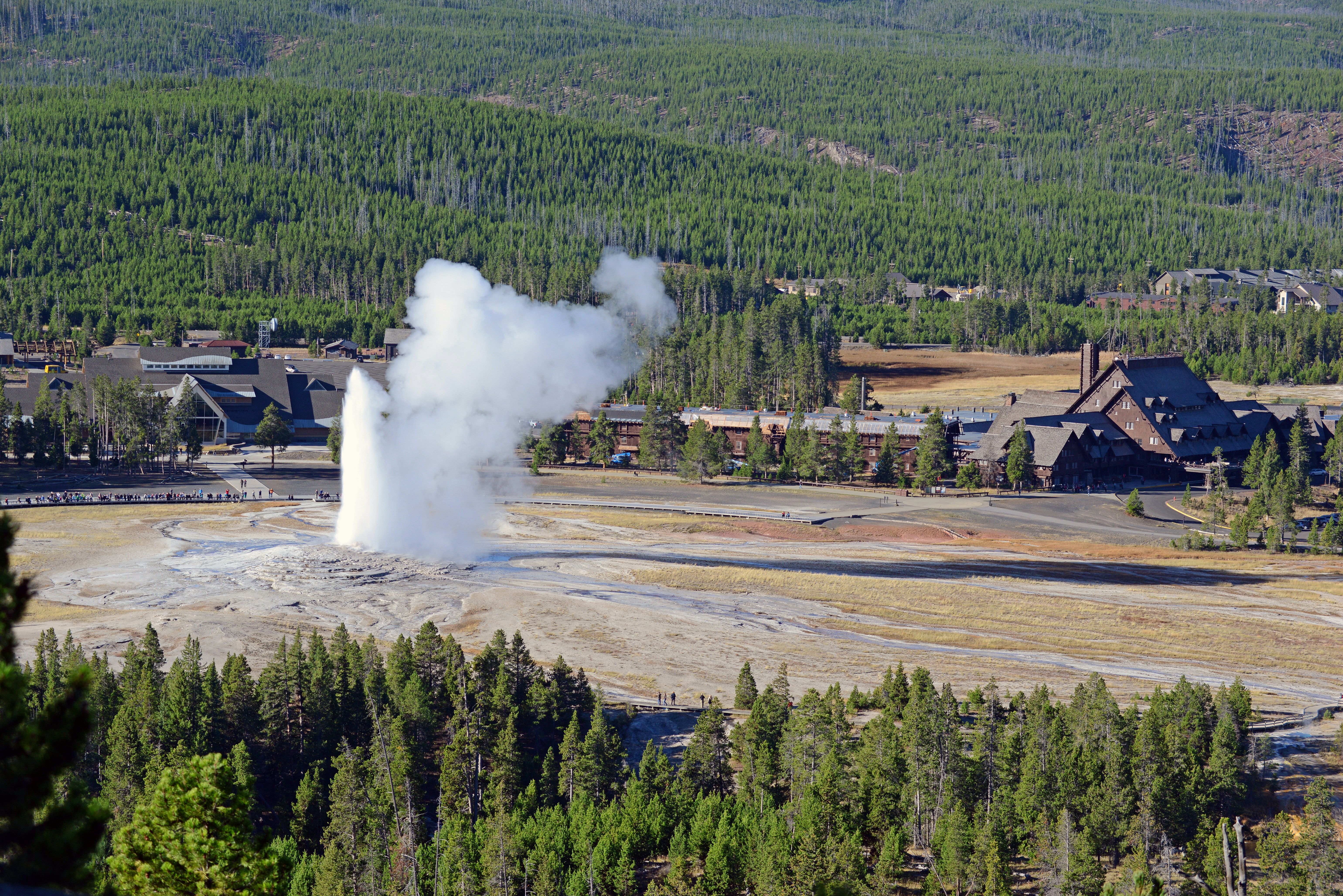
1. Visit in shoulder season
More than 4 million people visit Yellowstone National Park every year, with almost 70% of visitors arriving in the three summer months of June, July and August. Campgrounds, trailheads, restaurants and roads are stuffed to capacity.
If your vacation dates allow, visit the park at the very beginning or end of the summer instead. September is a fabulous month for both good weather and fewer crowds, especially after Labor Day, and continuing until mid-October. May is also good, especially in the northern half of the park and at lower elevations (high passes and some roads are still snow-covered in May).
Also remember that, unlike Yellowstone’s other entrances, the northern section of the park is accessible year-round via the Mammoth to Cooke City road, so you can explore it any time you want.
2. Book accommodation well in advance (even campsites)
If you do decide to visit during the mad months of July and August, book your park accommodation (campsite and lodges alike) months in advance. Since 2022, all of Yellowstone’s campgrounds are now reservable, whether they be the seven National Park Service (NPS) sites (bookable through Recreation.gov) or the five sites run by Yellowstone National Park Lodges (YNPL). NPS-run sites take bookings six months in advance, whereas YNPL accepts them 13 months in advance.
A few NPS campsites are released just two weeks in advance, so all is not lost if you are gambling on a last-minute trip, though you will need to be flexible. A tip: Indian Creek campsite, south of Mammoth Junction, is normally the last of the park’s campsites to fill up. Without a reservation, you’ll have to camp outside the park, which will add to your daily driving time.
One important note is that flooding in June 2022 damaged Mammoth, Pebble Creek, Slough Creek, Tower Fall and Norris campgrounds, which were closed throughout 2022, so check with the park service for 2023 opening dates.
For hotels inside the park, you need to book up to a year in advance. The reception desk at any of the park’s accommodations can advise you of any last-minute room cancellations at any lodge inside the park.
3. Check that the roads are open
If you are visiting in April or May, be sure to check the road-opening schedule on the NPS website, as roads and accommodations in the southern half of the park open on a staggered schedule, ending with the road between Tower and Canyon junctions by Memorial Day. A couple of campgrounds here (Lewis Lake and Grant Village) don’t open until early June. Travel a park road that has only just opened and you’ll largely have that section of the park to yourself.
Road construction dates are also posted online, so check in advance to see if you need to budget some extra driving time. For example, the Yellowstone River bridge between Tower Junction and the Lamar Valley is under reconstruction from 2023, meaning traffic delays and the closure of the Yellowstone River picnic area.
4. Keep your distance
Yellowstone is an elemental, untamed place, not a petting zoo, and its wild nature demands respect. Every year tourists die in the park, due to everything from being attacked by a grizzly bear to falling into a boiling hot spring.
Your natural instinct for self-preservation should keep you the requisite 100 yards away from bears and wolves, but it’s also important to keep at least 25 yards from bison, elk and moose, especially if there are young around. Bison injure more park visitors than any other animal.

5. Carry bear spray
If you are hiking off the boardwalks into Yellowstone’s wild backcountry (something we strongly recommend), be sure to invest in a can of bear spray and know how to use it. Outdoor stores at regional and gateway towns (and inside the park, at a premium) sell spray and you can even rent it inside the park, so there’s no excuse not to take one. Spraying it on an advancing bear could save your life, and the bear’s, too.
6. Practice your Western pronunciation
To blend in with the locals, be sure to hone your best Montana/Wyoming pronunciation, particularly for words like creek (pronounced crick) and coyote (normally KAI-ote, not kai-O-tee). Pronounce Slough Creek as Slew Creek to gain kudos with the local fly fishers. Brits should be aware that geyser is pronounced guy-zer, not gee-zer (which is an elderly dude). And while we are on the subject, those are bison, not buffalo, grazing the Lamar Valley.
7. Be prepared for limited cell phone reception
Teenagers and digital junkies should be warned that Yellowstone has limited cell-phone service, mostly focused around the junction hubs of Mammoth, Canyon, Grant Village, Old Faithful and Lake Village. Wi-Fi is even patchier, with free Wi-Fi only available at Mammoth’s Albright Visitor Center. Don’t panic, you’ll survive.
If you simply can’t live without connectivity, drive to a gateway town, such as Gardiner and West Yellowstone, outside the park.

8. See the most popular sights from a different perspective
Many of Yellowstone’s most dramatic sights naturally attract big crowds and full parking lots, but you can often dodge these and snag your own private viewpoint by doing a bit of legwork.
Calcite Springs Overlook in the Tower-Roosevelt area, for example, is most commonly accessed via an often-full roadside parking lot, but it’s possible to hike an hour from the Yellowstone River Picnic Area, on the other side of the Yellowstone River, to enjoy the same views in RV-free serenity.
Grand Prismatic Spring is another spectacular sight, one which most people see from the busy boardwalks of Midway Geyser Basin. But you can score a much better view over the pool’s rainbow-colored rings by walking 0.6 miles south from the Fairy Falls trailhead to a magical, semi-secret overlook.
9. Make use of park intel
Inside the park, visitor information centers can be a mine of useful information for your trip. The Old Faithful visitor center, for one, lists the predicted eruption times for the basin’s most impressive geysers, allowing you to witness as many eruptions as you like.
Mammoth’s Albright Visitor Center in the north of the park details the locations of the latest wildlife sightings, which is particularly useful if you want to spot a bear or wolf pack.
10. Read up on the park
The more you know about Yellowstone’s incredible geology and wildlife, the more astonishing it becomes. The park’s most popular hike, for example, leads to the top of Mt Washburn for epic views over the park, but it’s only when you realize that you're standing on the lip of a 30-mile wide super-volcano caldera (collapsed crater) that the true mind-blowing significance of what you're seeing sinks in. The more you learn about Yellowstone, the more you’ll want to return.








